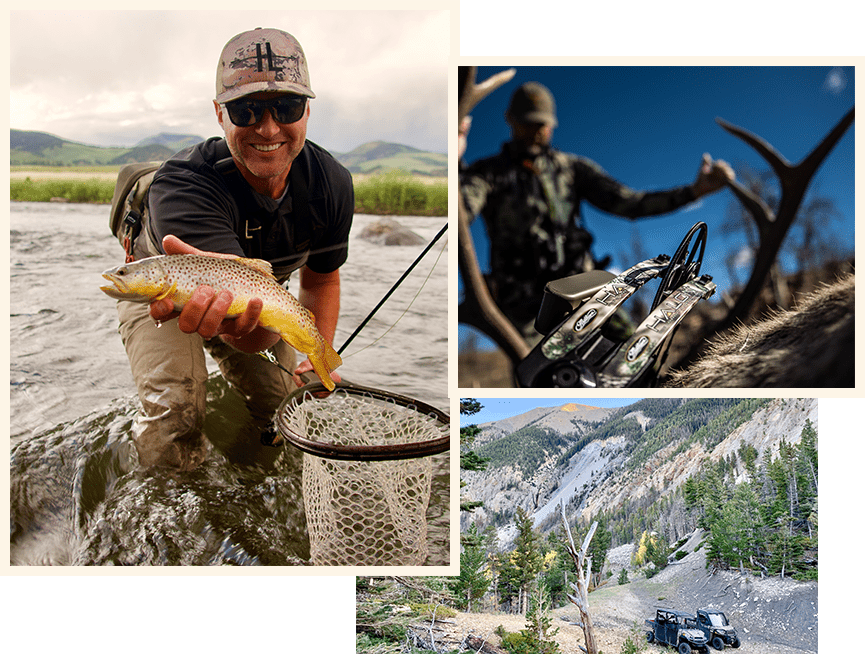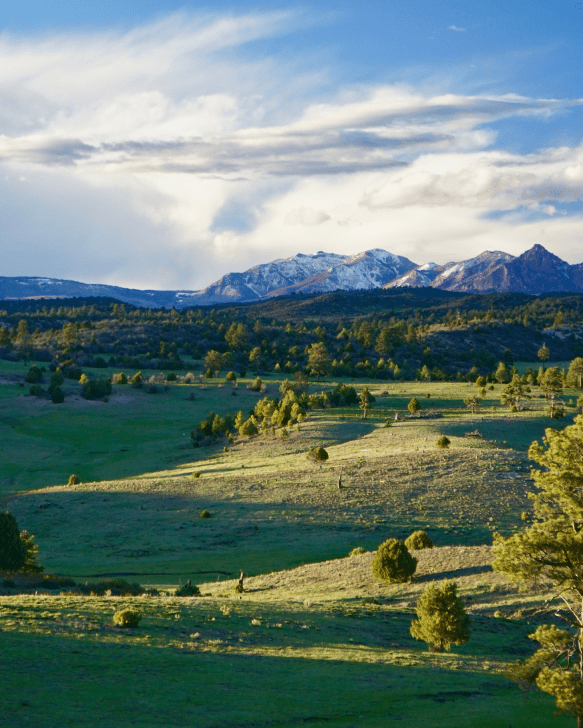As peaceful as spending a day casting a line on the river may sound, there are always risks and precautions to take when planning any outdoor activity, and fly fishing is no exception. From deceptively quick currents, to unexpected weather, fly fishing is a pastime that requires some preparation and awareness from even the most experienced fishermen.
Here are some tips and tricks to consider when planning your next fishing trip. While the potential dangers that accompany a day out on your favorite river shouldn’t be overlooked, following these guidelines will easily help you enjoy your trip and stay safe out on the water.
Before You Leave
Check the Weather Conditions
Nothing stands to ruin your day on the water more than weather. You should always check the weather in the area you plan to fish in the days leading up to your trip and the morning of. Even if the forecast is warm and clear, it might not stay that way all day. Especially throughout the Rocky Mountain region, weather is notoriously unpredictable. Always pack a pair of gloves, a hat, and an extra layer just in case you are met with an infamous mid-summer monsoon.
Check the Stream Flows
Stream flows for almost all rivers in the U.S. are available online, and the CFS (cubic feet per second) is usually given in real time. Check the flows of the river you plan to fish in before you leave, and if it seems to be flowing too quickly, choose a different location on the same river or a different river altogether.
Pack Accordingly
Aside from the extra clothing, there are other necessities every fisherman should always carry. Sunscreen and bug spray are basic essentials, but extra water should always be at the top of your list. Some people overlook packing extra water because of the nature of fly fishing. Why pack extra water when you’ll be standing in water all day? However, mountain streams are not always safe to drink, and if you run out of clean drinking water, you run the risk of contracting giardia from river water.
Other helpful things to carry in your vest are a Swiss Army knife, mirrors to signal other fisherman on the river, a GPS or compass, and a flashlight.
While You’re Fishing
Mark Your Path and Entry Point
If your destination requires you to hike in on unmarked paths, it’s important to mark your path with obvious, brightly colored markers or flags. You can be surprised how quickly you can get turned around and disoriented, and you will be thanking yourself later when your path back to the parking lot is very clearly marked, especially if you plan on staying on the river until dark.
You should also mark your entry point at the water’s edge. Your clearly marked path is only useful if you exit the water in the same spot you entered, and you don’t want to get caught down river with no way of knowing where you are.
Don’t Wade Too Deep
Trust your instincts when it comes to water level and currents. If it’s moving too fast in one place or looks too deep for comfort, don’t wade into it. If you’re still unsure, a good rule of thumb is to not wade into water deeper than your calf. Please remember, no fish is worth drowning for.


